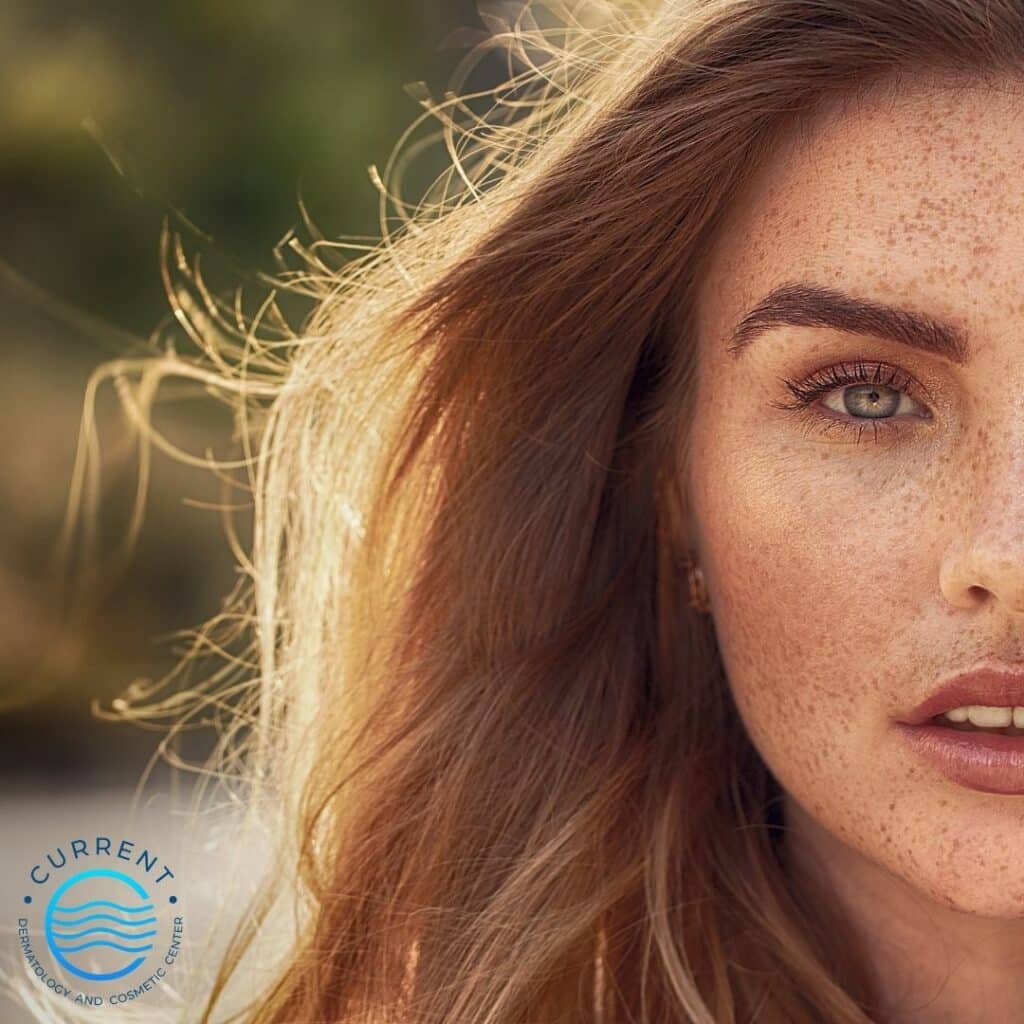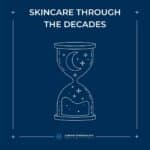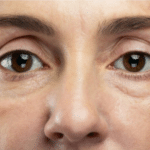Seeing spots?

The sun-kissed days of summer might have left you with more than just a glowing tan—brown spots, also known as age spots, sunspots, or hyperpigmentation, are often the unwanted aftermath of too much fun in the sun. In this article, we’ll help you understand what these spots are and how to effectively treat them to keep your skin healthy and radiant.
Brown spots are primarily caused by an overproduction of melanin, the pigment responsible for our skin color. The main contributing factors to brown spot formation include sun exposure, aging, and hormonal changes.
The most common types of brown spots include:
- Solar Lentigines (Sunspots): These are flat, dark spots that result from UV damage. They’re often found on sun-exposed areas and are more common in older individuals.
- Freckles: Freckles are small, concentrated spots of melanin that are typically hereditary. They can appear in childhood and become more prominent with sun exposure.
- Melasma: Melasma causes larger, brown patches on the face, and is often triggered by hormonal changes, such as pregnancy or the use of birth control pills.
So, how can we get rid of them?
Topical treatments are often the first line of defense against brown spots. While these topical treatments can be effective, they require consistent and long-term use for best results, and it is absolutely essential to combine them with daily SPF to protect your skin from further damage and ensure the success of these treatments. Some common ingredients in these treatments include:
- Retinoids, such as tretinoin, which are derivatives of vitamin A and can promote skin cell turnover, helping to fade brown spots and improve overall skin texture.
- Vitamin C, which is an antioxidant, and can help brighten the skin and reduce the appearance of pigmentation irregularities, including brown spots.
- Hydroquinone, a skin-lightening agent that inhibits melanin production.
Chemical peels are an in-office treatment that can help reduce the appearance of brown spots. They involve the application of a chemical solution to the skin, which exfoliates the top layer, revealing fresh, unblemished skin underneath. There are different types of chemical peels with varying levels of intensity. It’s essential to consult with a professional to determine the right type of peel for your specific needs.
Finally, laser treatments can be highly effective in targeting and removing brown spots:
- Broadband light (BBL) targets pigment without affecting surrounding skin, making it a popular choice for treating brown spots.
- Halo laser penetrates the deeper layers of the skin, promoting collagen production while reducing pigmentation.
By Dr. Molly Walterhoefer, Current Dermatology, 810 Bestgate Rd Suite 450, Annapolis, MD 21401, (410) 384-4172
Disclaimer: The views and opinions expressed on Annapolis Moms Media and its affiliates are those of the authors and/or experts and do not necessarily reflect the official policy or position of Annapolis Moms Media. Any content provided by our bloggers or authors is of their opinion and is not intended to malign any religion, ethnic group, club, organization, company, individual, or anyone or anything.
The published article is available for informational purposes only and is not considered licensed professional advice on any subject matter. By viewing articles/blog posts, the reader understands there is no client relationship between the reader, the publisher, and its authors. The article/blog should not be used as a substitute for professional advice from a licensed professional, and readers are urged to consult their own counsel on any specific questions concerning a specific situation.






 A Magical Trip: The Wizarding World of Harry Potter™ with Kids
A Magical Trip: The Wizarding World of Harry Potter™ with Kids